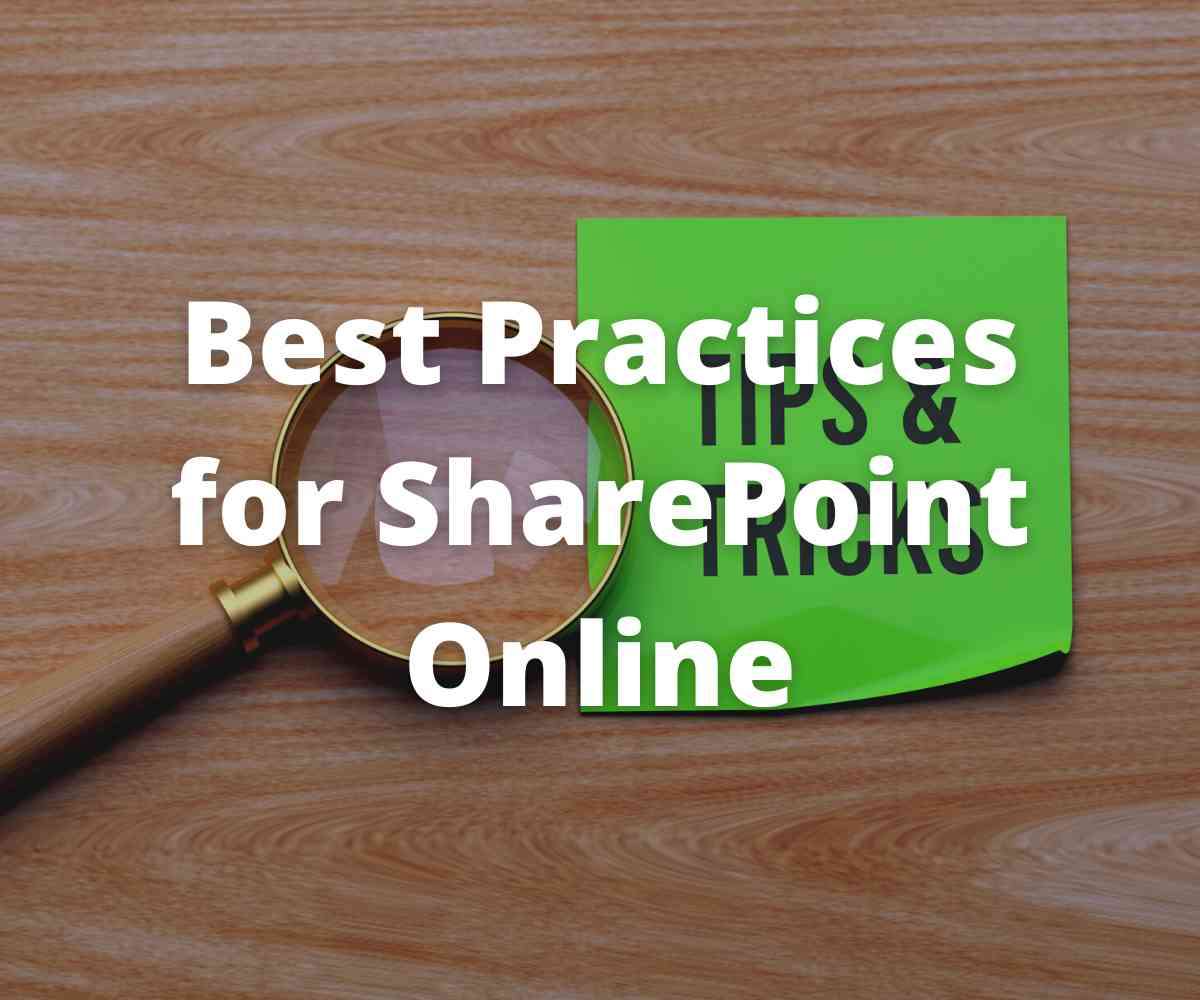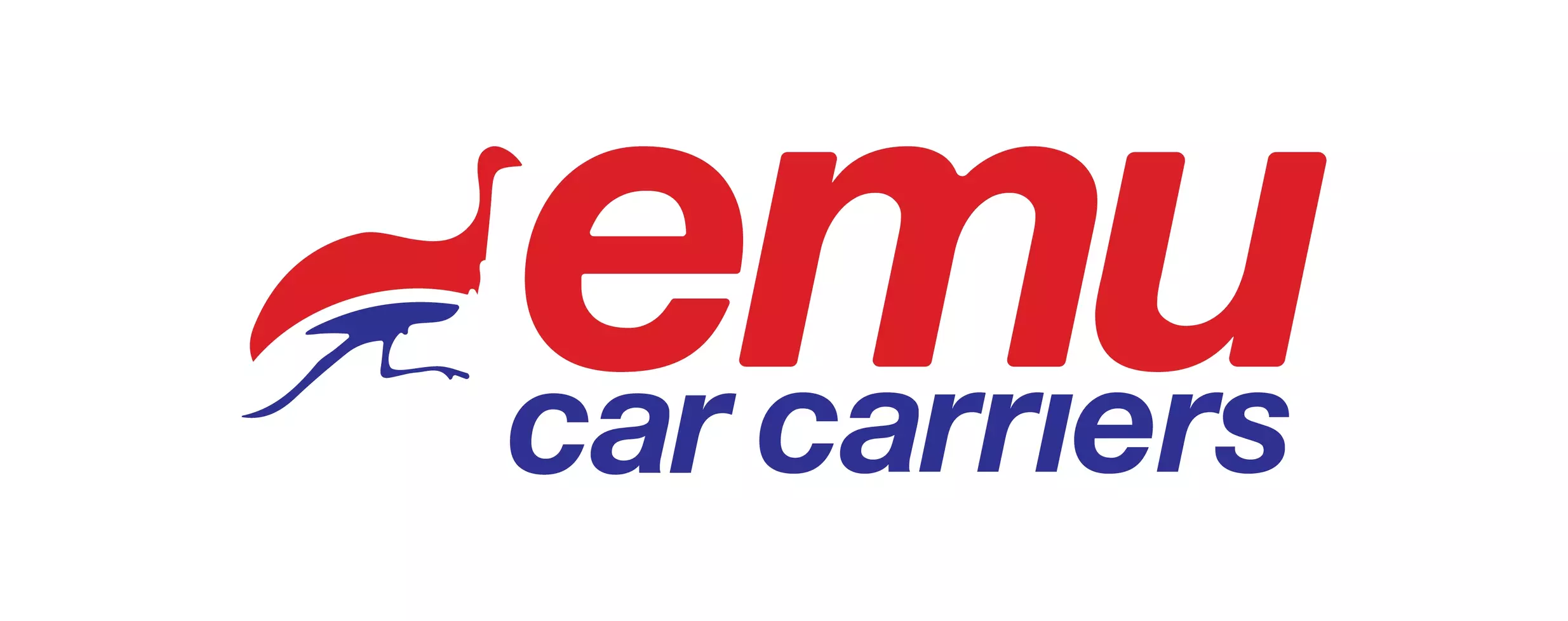
Essential Tips and Best Practices for SharePoint Online
The SharePoint platform from Microsoft is incredibly versatile and adaptable. However, surprisingly few organizations are adaption configuring it fully to their advantage,
and many struggle to optimize it. We offer some efficient and effective SharePoint Online best practices that will enable you to optimize this collaboration environment and ecosystem.
There are numerous settings and configurations and policies to make your documents easier for users to understand and more secure. In this article we focus on document management
specifically, which is a subset of the collaboration capabilities within the broader Office 365 SharePoint environment.
The Top 7 SharePoint Best Practices for End Users are listed below.
What is SharePoint Online?
You can easily create an intranet using Microsoft SharePoint, which is a platform for collaboration and communication.
With your Microsoft 365 subscription, SharePoint Online includes a surprisingly capable cloud-based content and document management solution.
Members of your organization can use it to securely access files from any location and collaborate in real time.
For instance, when you form a team in Microsoft Teams, a team site for sharing files called a SharePoint site is also created automatically.
It is one method by which SharePoint may be utilized to manage collaborative content instead of just serving as an intranet with basic landing pages.
Adaptability is a key component of the SharePoint Online experience today.
The structures, metadata types, views and capabilities and intuitiveness of the Modern UI, make it both flexible,
intuitive and straightforward to modify to meet your organization’s current and evolving needs.
Tips and Best Practices for SharePoint Online:
1. SharePoint File Management
Over time there’s actually less and less work done on-site in a diverse and distributed workforce, as most collaboration have moved online.
Emailing documents turns out to be particularly inefficient, and not a good way to manage versions of files and precludes proper version management.
One of the most effective online productivity tools is SharePoint. It is an excellent tool for managing your documents.
One smart convention is to provide each document with the proper title. The filename definitely should be descriptive,
but the filename has limitations on length and characters. That opens to door to the option to have a separate Title for the document.
A document title does not have the same length and limitation on the range of usable characters.
Certainly, a good filename starting with a more general file naming convention will simplify the effort to find that document when you need it later.
Adding folders and keeping track of modifications made to the document over time are no longer necessary.
You can search for documents not just by their titles but also by their tags and other metadata.
To ensure a subsequent search result that is accurate and quick, your document should have such metadata attributes.
That then opens the door to custom search refiners that leverage the enterprise metadata in use across document repositories within your enterprise.
2. Utilize SharePoint Views to Filter Information
For those who feel frustrated by the volume of incoming information or prefer to simplify and reduce the view of documents with filtering,
tuning metadata views is one great practice for navigating SharePoint document libraries.
Anything could be the source for sorting and filtering, including file size, who created the file, who modified it, and any other defined tag.
You may also sort your files and determine their order using this data.
To generate a custom view, follow these steps:
1. Access the document library.
2. Select Edit current view from the All-Documents menu. You will be directed to view customization’s "behind the scenes" section.
3. A column with the available views will be shown. Several of them will have the checkbox marked "Display," while others won't.
4. To display the desired field, place a checkmark next to it. Simply uncheck a field to stop it from being displayed. You can also select the sequence for which the fields should be shown horizontally in the library view.
5. Scroll down to the section labelled Sort for more information if you also wish to sort or sequence documents by another metadata attribute, such as a timestamp or file size. Select the value and the sorting order you want to use when sorting documents.
6. Hit Ok. After returning to the library, all the modifications will be visible.
7. Return to the All-Documents menu to save this view. Press the Save view option, give the view a name, and press Save.
3. Setup Alerts
This function can be useful if you wish to be notified whenever someone modifies the SharePoint list or library.
By doing this, you can avoid often reloading your SharePoint page to check for updates or new file additions.
Setting up an alert:
1. Visit your list or document library.
2. Select "more" by clicking the three dots just above the list of documents.
3. Pick Alert me from the dropdown menu.
4. The alert window will now open, allowing you to select how and when to receive alerts. You will indicate your email address, the types of changes you want to be informed about,
or whether you want to be informed immediately upon each change or via a daily or weekly summary. You have the option to add other recipients to this alert, if desired.
4. Syncing Files
Most users are already familiar with the OneDrive Sync Client that enables you to sync your computer's storage with OneDrive. It is a useful tool to enable you to access your files on your computer from any location without opening a web browser.
Additionally, SharePoint offers this feature. You can easily sync it if the platform administrator has not prohibited it.
1. Start by opening the folder you want to sync.
2. Click Sync just above the file list.
3. A new window will open and ask you if you wish to switch to another app.
4. Click on Next.
5. Wait to click Next when you see the message "loading your list of directories" until it has finished downloading.
5. Control Version History
Understanding SharePoint versioning best practices (or at least the fundamentals) is crucial.
As you know, any modifications made to a document on the internet are automatically stored. What if, however, you with to discard the recent changes? Version control in SharePoint is used for this.
You only need to have document versioning enabled if someone changes the document. The prior version can then be restored. Moreover, any two versions within MS-Office can be easily compared.
Be mindful that the number of versions can be restricted, if desired. Typically, we configure versions to retain all prior versions. To view the document history:
1.Go to Documents.
2. Click on the file to choose it.
3. Select Version history by clicking the "more" option.
4. You can select the appropriate version from a variety of ones that are shown to you.
5. You can see, restore, or delete choices by selecting the version with the right mouse button. Choose the one you require.
6. SharePoint Search Tips
Search is intended to be quick. However, you'll want to be familiar with a few search-related SharePoint tips and techniques to achieve that.
1. Use "OR," "AND," and "-" together.
You can create more complex queries using the uppercase operators OR, AND, and the negative sign (which implies NOT).
For instance, if you type in "marketing OR content AND -budget," you will be shown results that include the first two words but not the third.
2. Use complete words.
Search in SharePoint should not be confused with Google. If you search for "law," rather than "laws," "lawful," or "lawn," you may find files with "law."
3. Keep it basic and then refine it.
Refiners are a great asset. You can narrow down the results list and focus on the content you're looking for using the "filters" on the search page's left side.
Simply type one or two words into the search box, hit Enter, and then use the refiners.
Reality Tech can help you configure additional refiners, using any metadata defined in your Office 365 tenant.
Conclusion:
SharePoint plays a far bigger role in how businesses conduct themselves online. SharePoint is more than simply a straightforward solution for document storage.
There are numerous extensive and configurable features. These pointers ought to assist you in getting started learning about what SharePoint is capable of.

Local Business Listing
Get a PagePromote your business to local customers.
app In Software
what is gamification
Added On (2023-06-14 18:25)
how to choose desk booking software
Added On (2023-05-28 00:55)
how to make mobile banking app
Added On (2023-05-15 01:38)
best iot developers in dubai uae
Added On (2023-04-23 22:07)





soundos
thanks for sharing SAMIRA-SEGC.
2024-10-31 16:42